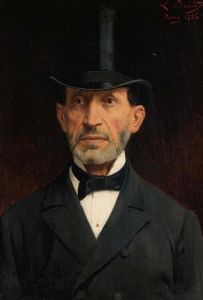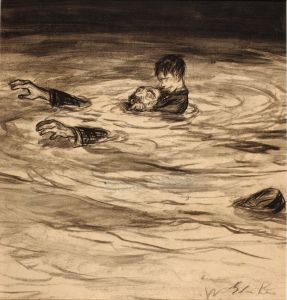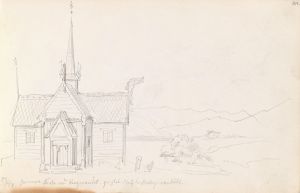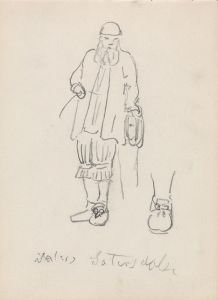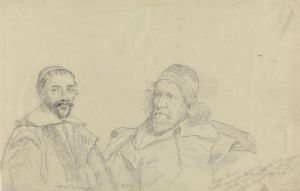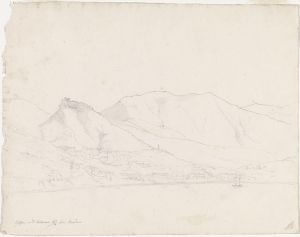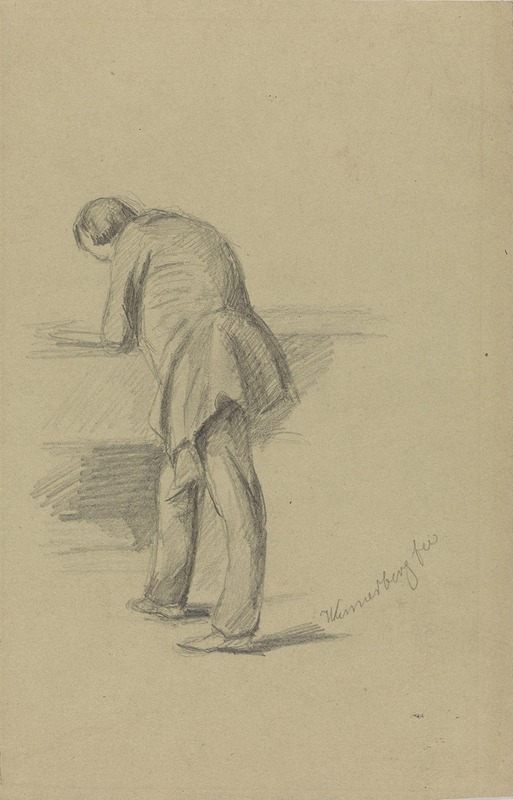
Stående mann som støtter seg til bord
A hand-painted replica of Adolph Tidemand’s masterpiece Stående mann som støtter seg til bord, meticulously crafted by professional artists to capture the true essence of the original. Each piece is created with museum-quality canvas and rare mineral pigments, carefully painted by experienced artists with delicate brushstrokes and rich, layered colors to perfectly recreate the texture of the original artwork. Unlike machine-printed reproductions, this hand-painted version brings the painting to life, infused with the artist’s emotions and skill in every stroke. Whether for personal collection or home decoration, it instantly elevates the artistic atmosphere of any space.
Adolph Tidemand was a prominent Norwegian painter in the 19th century, known for his detailed and realistic depictions of Norwegian folk life and culture. One of his lesser-known works is "Stående mann som støtter seg til bord," which translates to "Standing Man Leaning on a Table." This painting, like many of Tidemand's works, reflects his interest in capturing the essence of Norwegian society during his time.
Adolph Tidemand was born on August 14, 1814, in Mandal, Norway. He studied at the Academy of Art in Copenhagen and later continued his education in Düsseldorf, Germany, which was a significant center for art and culture during the 19th century. Tidemand became associated with the Düsseldorf school of painting, which emphasized detailed realism and often focused on historical and genre scenes.
"Stående mann som støtter seg til bord" is an example of Tidemand's genre painting, a style that depicts scenes from everyday life. While specific details about this painting are scarce, it can be inferred from the title that the artwork features a man standing and leaning on a table. This simple composition is typical of Tidemand's approach, which often involved portraying ordinary people in a manner that highlighted their dignity and character.
Tidemand's works are celebrated for their ethnographic accuracy and attention to detail. He often traveled throughout Norway, sketching and studying the local customs, costumes, and architecture. This dedication to authenticity is evident in his paintings, which serve as valuable historical records of Norwegian life in the 19th century. His ability to capture the nuances of human expression and the subtleties of everyday life made his work resonate with audiences both in Norway and abroad.
One of Tidemand's most famous collaborations was with Hans Gude, another prominent Norwegian artist. Together, they created "Bridal Procession on the Hardangerfjord," a masterpiece that combines Tidemand's skill in depicting figures with Gude's talent for landscapes. This collaboration exemplifies the strength of the Düsseldorf school and its influence on Norwegian art.
While "Stående mann som støtter seg til bord" may not be as widely recognized as some of Tidemand's other works, it nonetheless contributes to the rich tapestry of his artistic legacy. Tidemand's paintings are housed in various museums and collections, including the National Gallery in Oslo, which holds an extensive collection of his works.
Adolph Tidemand passed away on August 25, 1876, in Christiania (now Oslo), Norway. His contributions to Norwegian art and culture remain significant, as he played a crucial role in shaping the national identity through his depictions of rural life and traditions. His works continue to be studied and appreciated for their historical value and artistic merit.
In summary, "Stående mann som støtter seg til bord" is a testament to Adolph Tidemand's skill in capturing the essence of Norwegian life. Although specific details about this painting are limited, it reflects the broader themes and techniques that define Tidemand's oeuvre. His dedication to realism and cultural authenticity ensures that his work remains an important part of Norway's artistic heritage.





